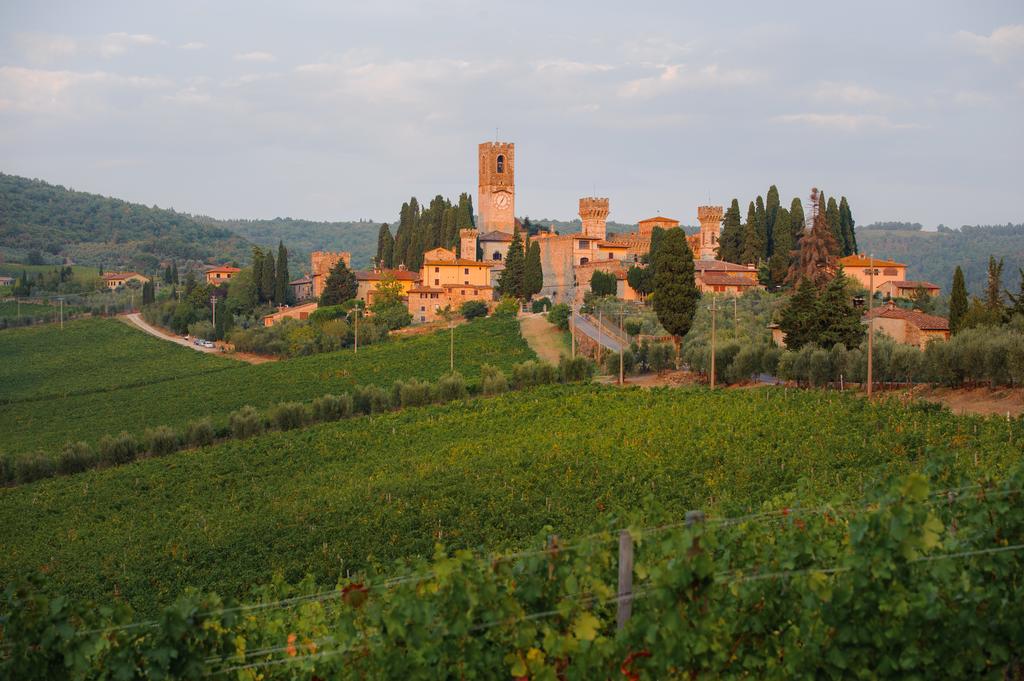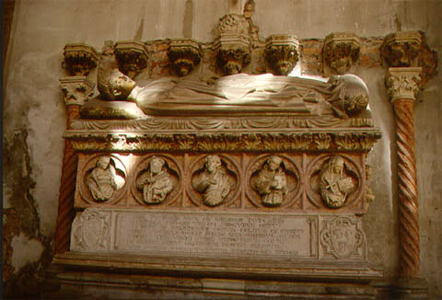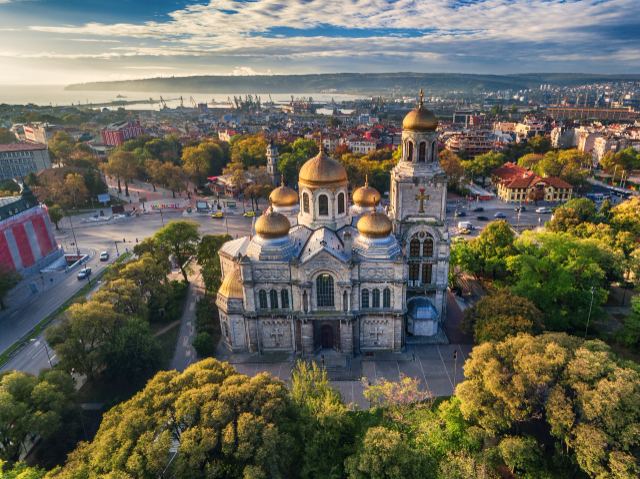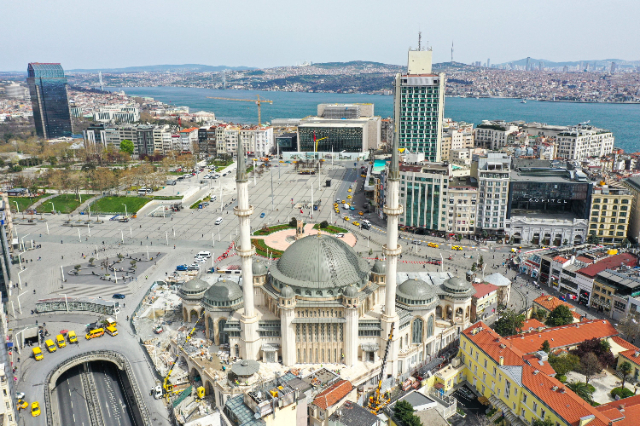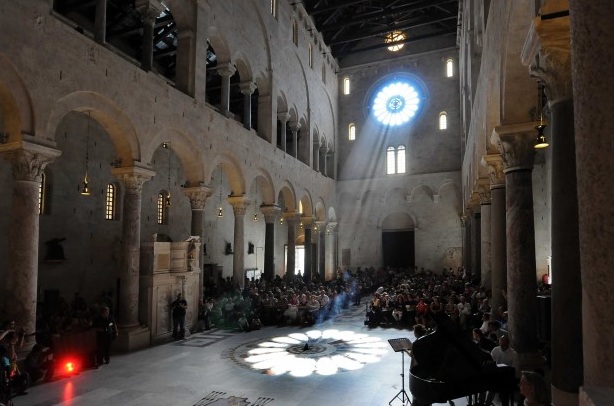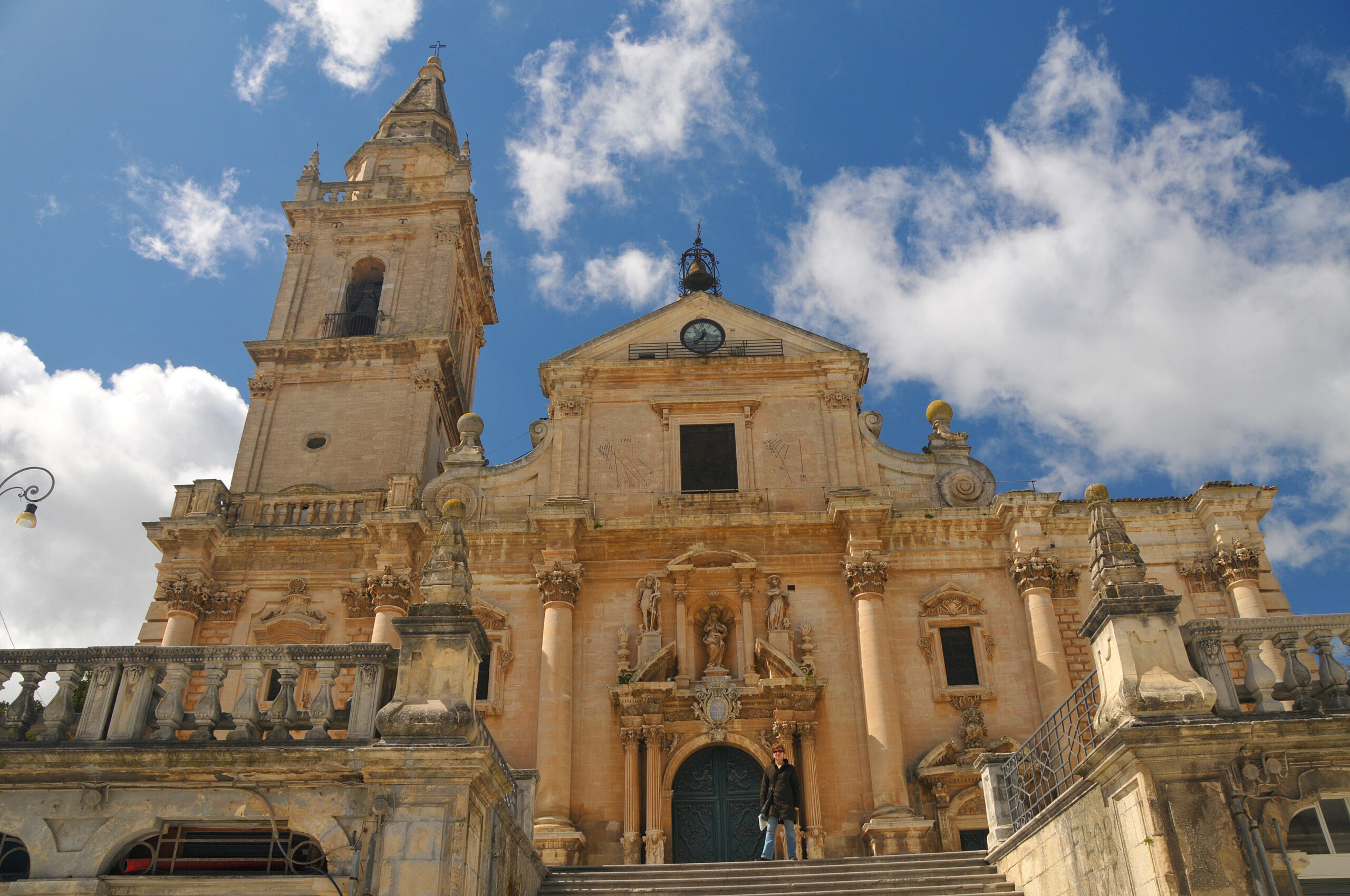Badia a Passignano is a small medieval village between Florence and Siena immersed in one of the most beautiful and productive areas of Chianti Classico.
The ancient monastery of Badia a Passignano, founded by the Archbishopric of Florence, was one of the most powerful castles in Val di Pesa. Its existence is historically documented from the eleventh to the twelfth century, although the hill where it stands was certainly already the site of a fortification in Lombard times. The monastery has always been one of the most important institutions of the congregation of Vallombrosa, so much so that it has been defined as the most illustrious of the Vallombrosa monasteries. First of all, the church is worth visiting: it was built at the beginning of the 13th century. But what will surprise us most, once inside the church, is the partition, one of the few survivors of the demolitions ordered by Cosimo I dei Medici after the closure of the Council of Trent in the sixties of the sixteenth century. The reason for its preservation is linked to the fact that the sacred building was used almost exclusively by members of the community.
Past the partition, we will be surprised by the precious wooden choir built in the middle of the 16th century. We will then visit the chapel of San Giovanni Gualberto and leaving the church we will enter the heart of the monastery, the refectory, passing through the cloister of the end of the 15th century, of great value and beauty the back wall, where the scene of the Last Supper was represented, surmounted by two lunettes depicting The Expulsion of Adam and Eve and The Killing of Abel by a young Domenico Ghirlandaio and his brother David.
Surrounded by vineyards, cypress trees and the houses of the ancient village, the abbey is still enclosed within the 15th century walls with a quadrangular plan and corner towers. During its transformation into a residential building at the end of the 19th century, there were additions in the neo-Gothic style. The abbey then returned definitively to the ownership of the Vallombrosian monks in 1986. In this area there are the typical elements of Chianti: hills covered with rows of vineyards or cultivated fields, alternating with others with olive groves and woods. These characteristics, together with the sweetness of the landscape and the presence of particular specimens of flora and fauna, have contributed, in 2008, to make it a protected naturalistic area.
In the surrounding area it is possible to go on excursions, following two circular paths that start and return to the Badia through the surrounding hills, offering breathtaking views and splendid glimpses of ancient villages and medieval buildings.
The vineyards surrounding the Badia have belonged to the Antinori family since 1987, who produce the Chianti Classico Riserva "Badia a Passignano" here. The wine is aged in the splendid old cellars underneath the monastery, which the family itself uses and which house about 2,000 barriq
